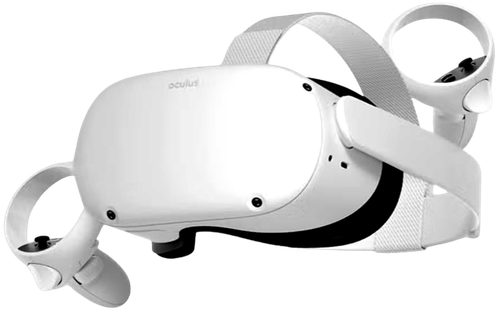Virtual Reality Chronic Pain Therapy Using VR

Chronic
Pain Therapy
Rewiring the brain for lasting pain relief
for patients
for providers
Healing your brain
to heal your pain
Virtual Reality Neuropsychological Therapy
(VRNT) is clinically proven to reduce chronic pain by retraining the brain to process pain signals differently. It helps break maladaptive patterns that keep pain persistent and promotes long-term relief through immersive, guided therapy sessions without medication or invasive treatments.

What is chronic pain?
Chronic pain isn’t only physical – it’s rooted in how the brain interprets pain signals. VRNT retrains the brain to lower pain intensity and restore function.
1 — INJURY
2 — RESPONSE
3 — PAIN CYCLE

PAIN EVENT
Pain begins with an injury, possibly from an accident, surgery or medical condition. The body sends pain signals to the brain as a warning, triggering inflammation and protective reflexes to promote healing. In most cases, as the body recovers, these pain signals gradually fade.

Protective measures
Following the injury, the brain processes pain signals and activates the nervous system’s alarm response. Stress hormones increase, muscles tense and the body becomes hypersensitive to avoid further harm to the injured area. This is a natural, short-term defense and healing response.

Pattern of Chronic Pain
Sometimes, the brain stays stuck in a state of hypersensitivity, keeping pain signals active even after the physical injury has healed. Like a song on repeat, the nervous system keeps replaying pain messages, making normal sensations and movements feel uncomfortable. Over time, maladaptive neural pathways form and the brain gets better at producing pain responses, reinforcing the cycle and making it harder to break free.
Training the brain
to reduce chronic pain
VRNT retrains pain pathways to break the cycle and restore lasting relief.
4 — AWARENESS
5 — ADAPTATION
6 — RELIEF

UNDERSTANDING YOUR PAIN
VRNT allows you to visualize your pain inside a virtual environment using a virtual avatar of yourself and your pain. By engaging with a visual representation of your pain, known as a “pain drawing,” your brain processes it differently, reducing fear and emotional distress. This shift makes pain feel less threatening and more manageable – the first step to breaking the cycle.

Rewiring the REsponse
Our immersive, guided VR sessions target the brain's natural neuroplasticity by using movement, breathing and cognitive exercises to teach the brain new, healthier ways to respond to pain. By gradually shifting focus away from pain, the brain weakens old, overactive pain pathways and builds stronger, more adaptive connections. Over time, pain signals become less intense and less frequent.

Breaking the Cycle
As the brain rewires its response to pain stimuli, pain signaling decreases as the brain weakens maladaptive pathways and strengthens new, healthier ones. Patients experience improved mobility and daily life becomes easier. The result is long-term relief, without the need for medication or invasive treatments.
“Technology can be a great tool when it empowers patients and helps change their lives. I think virtual reality for pain management does that! And it is safe and easy to use.”
Dr. Peter Abaci, Boomerang Health
“I’m finally able to enjoy daily activities again without fear of pain, and using VR has added a fun new hobby! My VR therapy has been life-changing.”
Nathan (51)
Is VR chronic pain therapy right for me?
Answer a few questions and find out whether VRNT by CognifiSense™ is right for you.


